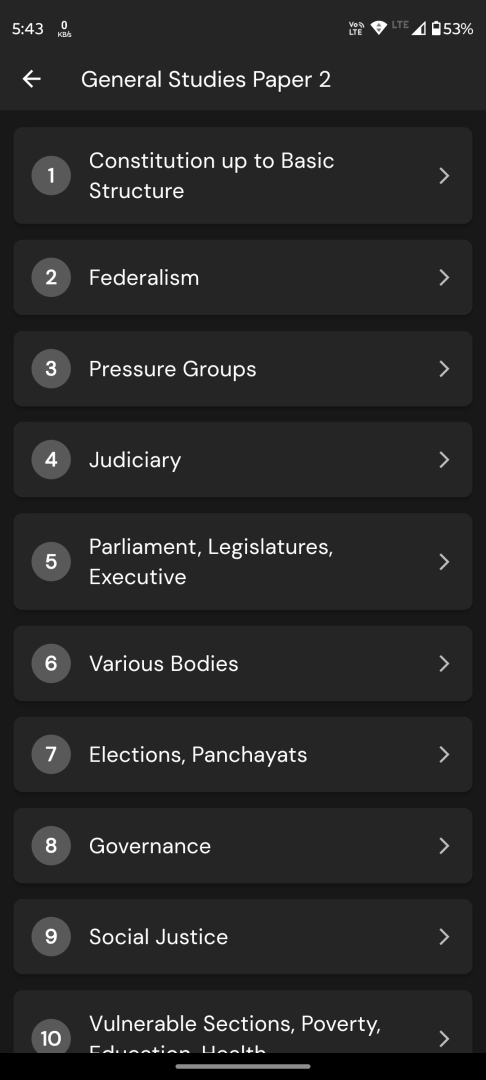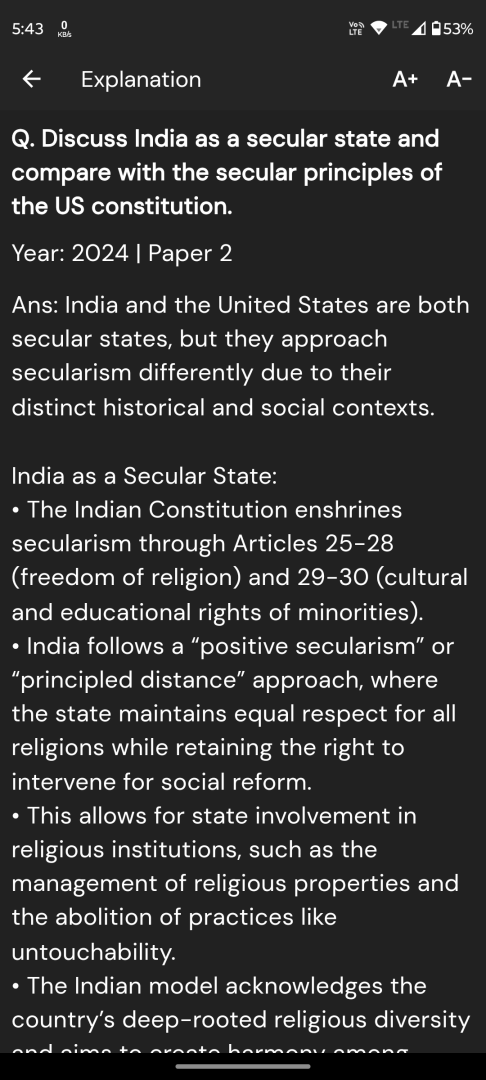Paragraph: If there is inequality in the pattern of population growth, there is greater inequality in food production and utilization.
If there is inequality in the pattern of population growth, there is greater inequality in food production and utilization. As societies become wealthier, their consumption of animal products increases. This means that a greater proportion of such basic foodstuff as grains and legumes that could feed humans directly is instead being converted into feed for poultry and large farm animals. Yet this conversion of plant-based food into animal food for humans is far from efficient. Only 16% of the calories fed to chickens are recovered by us when we eat them. This conversion rate goes down to five to seven per cent in large animals that are fed grain to add fat and some protein before slaughter.
Q1. Which one of the following statements best reflects the crux of the passage?
(a) There is an urgent need for a public policy to promote the consumption of cereal-based foods in wealthier societies.
(b) Animal-based food is far less efficient than grain/plant-based food in terms of production and utilization.
(c) Plant-based protein should replace the animal-based protein in our daily diets.
(d) Inequality in food production and consumption is inevitable in any fast changing society.
Q2. With reference to the above passage, the following assumptions have been made:
I. The food manufacturing and processing industries in every country should align their objectives and processes in accordance with the changing needs of the societies.
II. Wealthier societies tend to incur great loss of calories of food materials due to indirect utilization of their agricultural produce.
Which of the above assumptions is/are valid?
(a) I only
(b) II only
(c) Both I and II
(d) Neither I nor II
UPSC Prelims 2025 CSAT
Q1. Correct Option: (b) Animal-based food is far less efficient than grain/plant-based food in terms of production and utilization.
Explanation: The passage clearly emphasizes the inefficiency involved in converting plant-based food (grains and legumes) into animal-based food. It explicitly states that only a small percentage (16% for chickens and 5-7% for larger animals) of calories fed to animals is recovered by humans. Thus, the central idea or crux of the passage is the inefficiency of animal-based food production compared to direct consumption of plant-based foods.
Other options explained: (a) Incorrect – The passage does not explicitly call for public policy or promotion of cereal-based foods. (c) Incorrect – The passage does not explicitly suggest replacing animal-based protein entirely with plant-based protein. (d) Incorrect – The passage does not state that inequality in food production and consumption is inevitable; rather, it highlights inefficiency in animal-based food production.
Hence, option (b) is correct.
Q2. Correct Option: (b) II only
Explanation: Assumption I: “The food manufacturing and processing industries in every country should align their objectives and processes in accordance with the changing needs of the societies.” This assumption is invalid because the passage does not discuss or imply anything about the food manufacturing industry’s objectives or processes. It focuses solely on the inefficiency of converting plant-based food into animal-based food.
Assumption II: “Wealthier societies tend to incur great loss of calories of food materials due to indirect utilization of their agricultural produce.” This assumption is valid because the passage explicitly states that as societies become wealthier, their consumption of animal products increases, leading to indirect utilization of grains and legumes as animal feed. This indirect utilization results in significant calorie loss, as indicated by the low conversion rates mentioned in the passage.
Thus, only assumption II is valid.
Hence, option (b) is correct.





